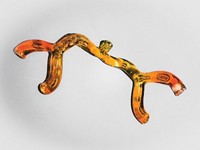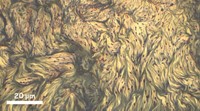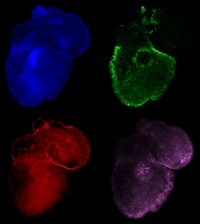Advertisement
Grab your lab coat. Let's get started
Welcome!
Welcome!
Create an account below to get 6 C&EN articles per month, receive newsletters and more - all free.
It seems this is your first time logging in online. Please enter the following information to continue.
As an ACS member you automatically get access to this site. All we need is few more details to create your reading experience.
Not you? Sign in with a different account.
Not you? Sign in with a different account.
ERROR 1
ERROR 1
ERROR 2
ERROR 2
ERROR 2
ERROR 2
ERROR 2
Password and Confirm password must match.
If you have an ACS member number, please enter it here so we can link this account to your membership. (optional)
ERROR 2
ACS values your privacy. By submitting your information, you are gaining access to C&EN and subscribing to our weekly newsletter. We use the information you provide to make your reading experience better, and we will never sell your data to third party members.
Biomaterials
Chemistry In Pictures
Chemistry in Pictures: A closer look at clots
by Craig Bettenhausen
July 27, 2021

Blood clots. Not everyone’s favorite subject. But a better understanding of these biological structures could mean better medical practices associated with wound healing, strokes, and surgery. This series of SEM images shows fibrin strands assembling a clot in an injured rat liver (scale bars are 1 μm). Going from left to right, the mechanical forces imposed by the fibrin progressively deform red blood cells from round to polyhedral shapes (middle row), while roughening the surfaces of platelets and locking them together. The Canadian and Chinese researchers who recorded these images are using such insights to make a light-activated bioadhesives that leverage clotting chemistry—and they’re drawing structural inspiration for their surgical glue from the venom of the barba amarilla pit viper, whose bite can cause abnormal clotting.
Credit: Sci. Adv. 2021, DOI: 10.1126/sciadv.abf9635
Do science. Take pictures. Win money. Enter our photo contest here.





Join the conversation
Contact the reporter
Submit a Letter to the Editor for publication
Engage with us on Twitter